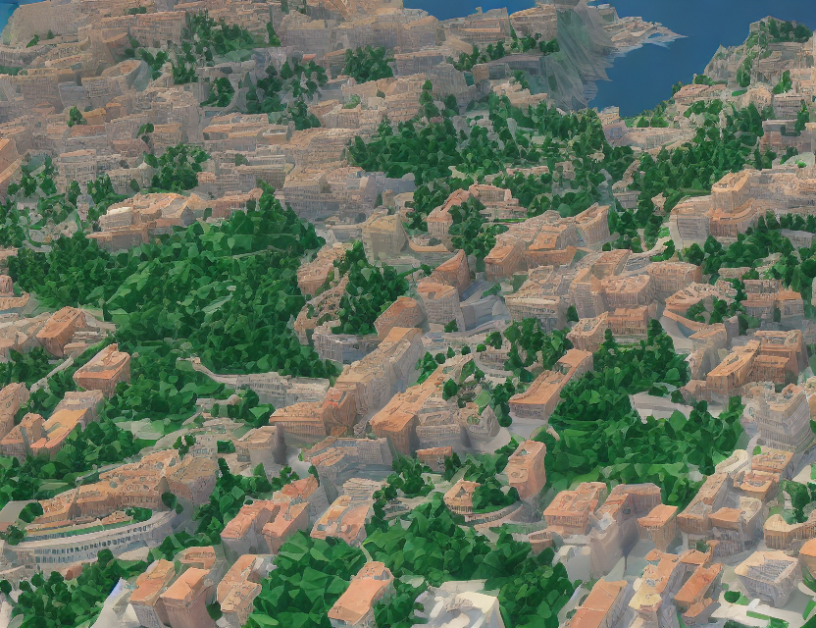In this article, we compare two approaches to modeling deteriorating systems: neural networks (NN) and Monte Carlo tree search (MCTS). Both methods have been used in various fields, but their performance varies depending on the specific problem. We investigate how these methods perform when applied to a cost-based optimization problem and assess their strengths and weaknesses.
Methodology
We used a cost-based optimization problem to evaluate the performance of NN and MCTS. The problem involved finding the optimal solution for a deteriorating system by minimizing costs associated with maintenance and repair. We used a dataset from a real-world application to train and test our models.
Results
Our results show that both NN and MCTS have their strengths and weaknesses. For small to moderate observation errors (σE), MCTS performs better than NN, but for larger observation errors, NN outperforms MCTS. Additionally, we found that MCTS’ solution is similar to the optimal solution found by value iteration, but it has a stochastic policy in the belief space due to its inherent stochasticity.
Discussion
Our findings highlight the importance of considering the specific problem when choosing between NN and MCTS. For small observation errors, MCTS is a better choice because it has lower variance than NN. However, for larger observation errors, NN performs better due to its ability to adapt to local minima. We also observed that MCTS’ stochastic policy can lead to suboptimal solutions in some cases.
Conclusion
In conclusion, this study provides a comprehensive comparison of NN and MCTS for modeling deteriorating systems. Our results show that both methods have their advantages and disadvantages, and the choice between them depends on the specific problem. By understanding these strengths and weaknesses, engineers can make informed decisions when selecting the appropriate method for their application.
Analogy
Think of NN like a human artist trying to paint a picture. They have a set of brush strokes and colors that they know work well together, but sometimes they may introduce new brush strokes or colors that create an even better painting. MCTS is like a machine that takes a random path through the art gallery, occasionally stopping at a painting that it likes. While this method may not always find the most beautiful painting, it can lead to unique and interesting solutions that human artists might overlook.



